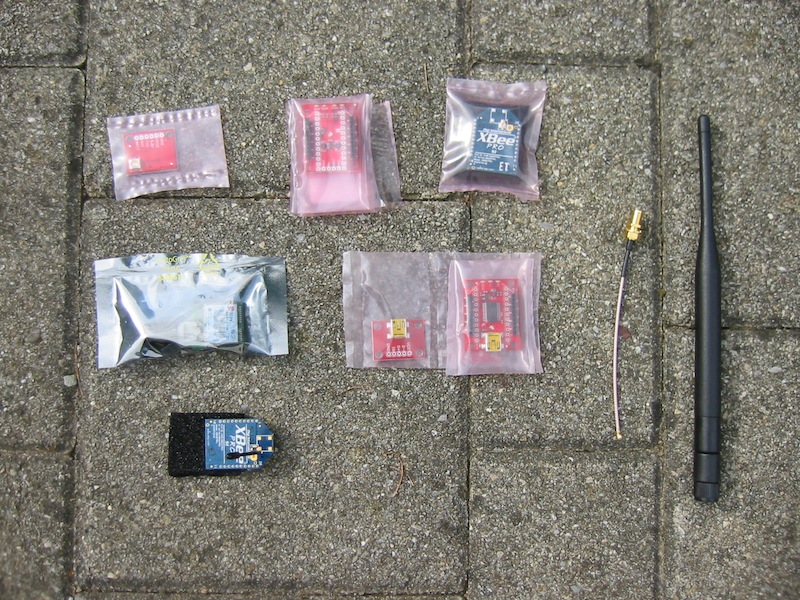Lisa/M/Tutorial/RotorCraft
Airframe Setup
Basically rotorcraft is an aircraft that uses propeller lift to hold itself floating. There are many types of rotorcrafts, but there are a couple of global classes:
Single rotor (helicopters) which divide into:
- Classic (with tail rotor);
- Co-axial (with two sets of counter rotating blades);
- All others (there are some other helis like Chinhook or Osprey).
Multirotor (copters) which are:
- 3 rotor Y type - this copter maintains yaw by tilting one of it's rotors with servo;
- 4 rotor X or + type - the trick is that two rotors spin "forward" and other two "backward", with some strong magic difference between spin rates is used to rotate the craft around. X and + types differ only with direction of movement: X moves with two rotors forward and + moves with one rotor, like this +>;
- 6 rotor * or Y type - first case is the same as 4 rotor with two additional arms, the other is virtually one 3Y rotor flipped and put under another 3Y rotor;
- 8 rotor *, V or X/+ type - first is 6* rotor + two more arms, second is like Asctech Falcon 8 and the third is 4X/+ type put one on another.
And if first class of rotorcrafts can use gyros only for yaw stabilization, multirotors need 3D (three axial) gyros to stabilize itself hovering which by the way do not guarantee that craft holds the spot, just not letting it fall on side.
First Steps
Multirotors
Firstly you should choose correct airframe. If you're novice to copters quadrotor will be a good choice for several reasons: firstly it's most common type of copter, then most of hardware works with such setup "out of the box" and there is plenty information in mailing lists. By the way, it would be a good idea to decide how do you want to use your copter. Generally it will allow you to choose correct motors and ESCs for copter.
ESC and motors should be chosen with weight economy in mind. i.e. good idea is to purchase ~600-1000 gram motors (NOT more unless you know what are you doing) and 15-25A ESCs depending on your motor current consumption.
Airframe typically consists of "center hub" and "rotor arms" which due to ease of aircraft control and low crushablity are made of light materials (for example aluminum for arms and perforated carbon for center hub). There is a wide choice of ready to build aftermarket airframes if you don't want to bother with building one.
Generally there is only one important thing left it's balancing whole copter after you put it together. There is one simple rule: ready to fly quadrotor should have it's center of gravity (COG) in the middle. By "ready to fly" I mean - every equipment that should be placed on copter including battery and payload.
Configure the autopilot
Generally: Rotorcraft_Configuration
Lisa/M: User/LisaM/Tutorial/RotorCraft
Partlists
I recognized that I spent a lot of time to search all compatible components. That list should help you to make your chose easier and faster.
| User | Type | Propeller size | Frame | Motors | ESC | Telemetry | RC Transmitter | RC Receiver | GPS | Autopilot | IMU |
|---|---|---|---|---|---|---|---|---|---|---|---|
| Bruzzlee | Quadrotor | 12" | Homebrew | Scorpion S-2215-900KV | ePower 30A 2-4S | Xbee 60mW | Spektrum DX6i | HobbyKing Orange Satellite | GS407 | Lisa/M | Aspirin |
| add your list here |
Xbee
- 2.4GHz Duck Antenna RP-SMA - Large
- Interface Cable SMA to Lassen IQ Hirose HFL
- XBee Explorer USB
- XBee Pro 60mW U.FL Connection - Series 1
- XBee Pro 60mW Wire Antenna - Series 1
- XBee Explorer Regulated
GPS GS407
- 50 Channel GS407 Helical GPS Receiver
- GS407 Breakout Board
Frame building
"Photo gallery" Bruzzlee: User/RotorCraft/Bruzzlee
